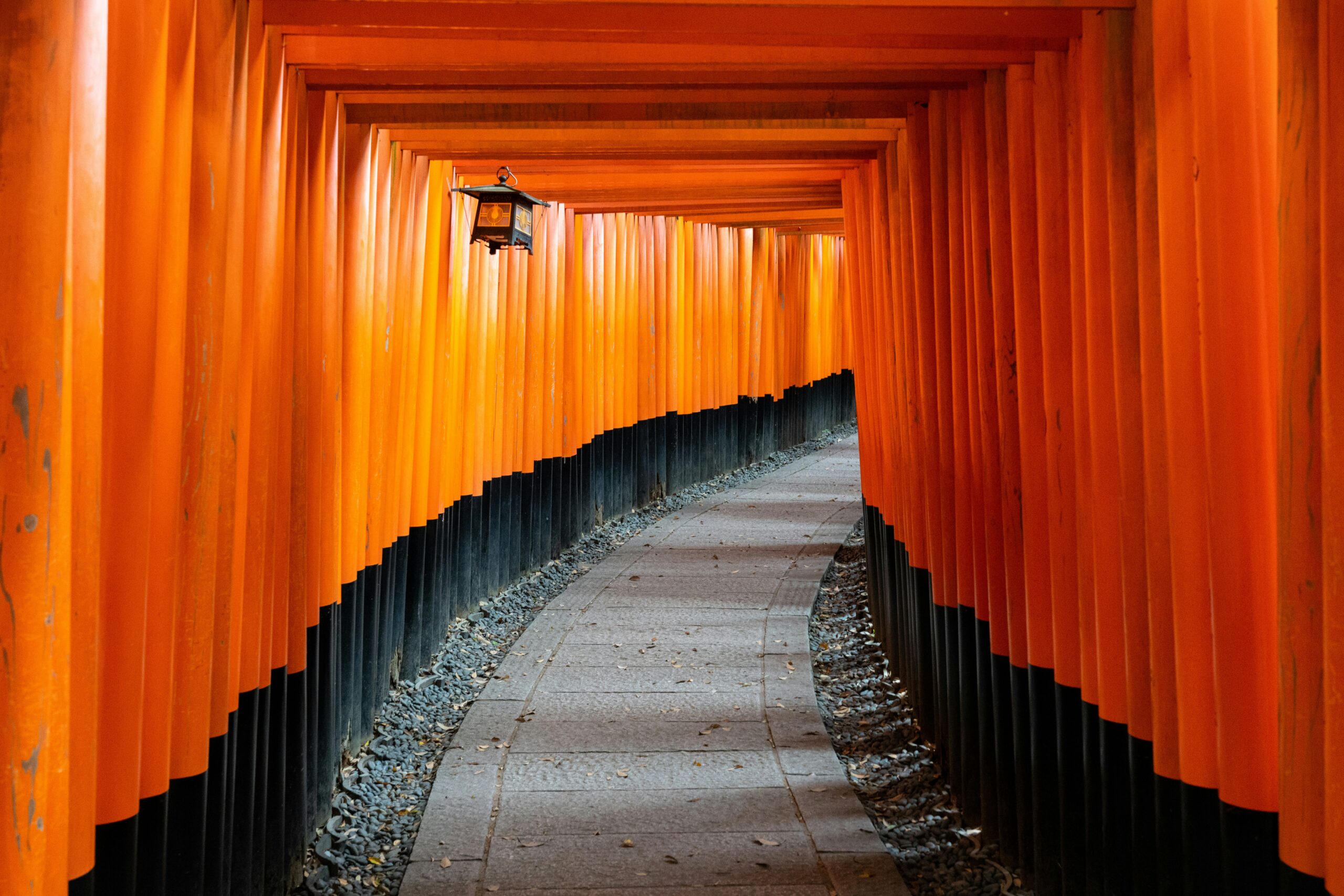As the first hints of autumn touched the air, I decided to take an extended break and journey to Japan. One quiet evening in my Paris apartment, sipping tea alone, I felt an urge to experience a place where time flowed differently.
A few weeks before departure, I spent a weekend browsing guidebooks in a local bookstore. Later, in a cozy café, I meticulously planned my trip, booking flights and accommodations on my smartphone. It had been a long time since I embarked on a journey solely for myself, free from others’ schedules.

Kyoto caught my attention through a single photograph: an endless path lined with bright red torii gates. I knew nothing about Fushimi Inari or its significance, but the image resonated with me, evoking a sense of prayer and tranquility. That was enough to set my plans in motion.
In late October, the skies over Kyoto were clear and inviting. From the airport, I boarded the Shinkansen, followed by a local train to Fushimi Inari Station. Stepping off the train, I was greeted by the nostalgic sound of railway tracks and the enticing aroma of freshly grilled dango.
The approach to Fushimi Inari Shrine was lively, with red lanterns swaying in the breeze and the scent of yakitori and sweet inari sushi filling the air.

Located in southern Kyoto, Fushimi is a district known for its sake breweries and rich traditions, where everyday life and heritage coexist harmoniously.
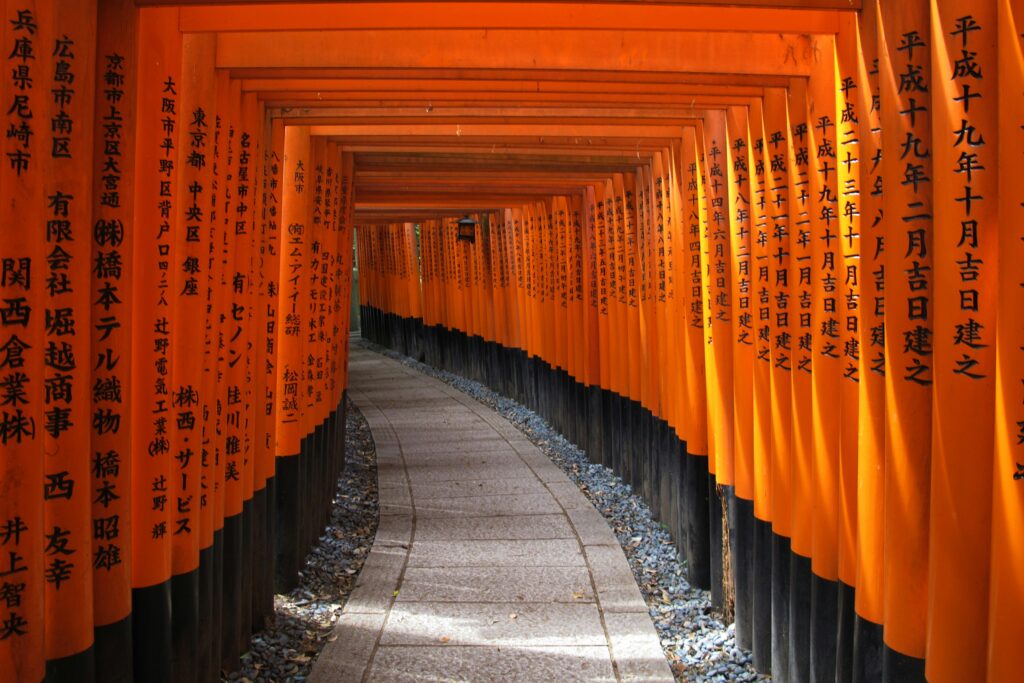
Entering the corridor of vermilion torii gates, the atmosphere shifted. The chatter of visitors faded, replaced by the rustle of leaves and distant bird calls. I learned that over a thousand torii gates stood here, each donated with prayers and gratitude. As I ascended, my focus narrowed to the rhythm of my steps.
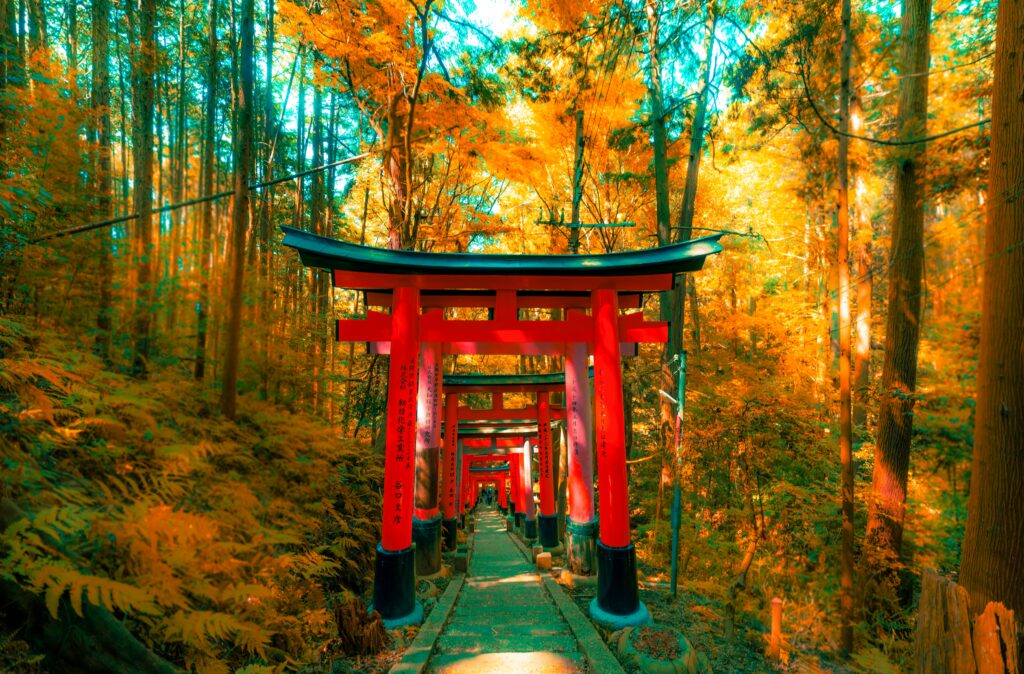
Midway up, I paused at a small teahouse nestled beneath a canopy of autumn leaves. The wooden structure with its tiled roof exuded warmth. I ordered a steaming bowl of kitsune udon and skewers of charcoal-grilled mitarashi dango. The broth’s gentle flavor and the sweet-savory glaze of the dango evoked a comforting nostalgia. After eating, I sipped tea on the veranda, watching the crimson leaves dance in the breeze.
A Japanese woman, slightly older than me, took a seat nearby.
“Are you visiting from abroad?” she inquired gently.
Her soft voice and kind smile were framed by the subtle lines of age. Dressed in a kimono with a shawl and holding a folded parasol, she radiated a serene elegance. Her presence felt like a calming balm.
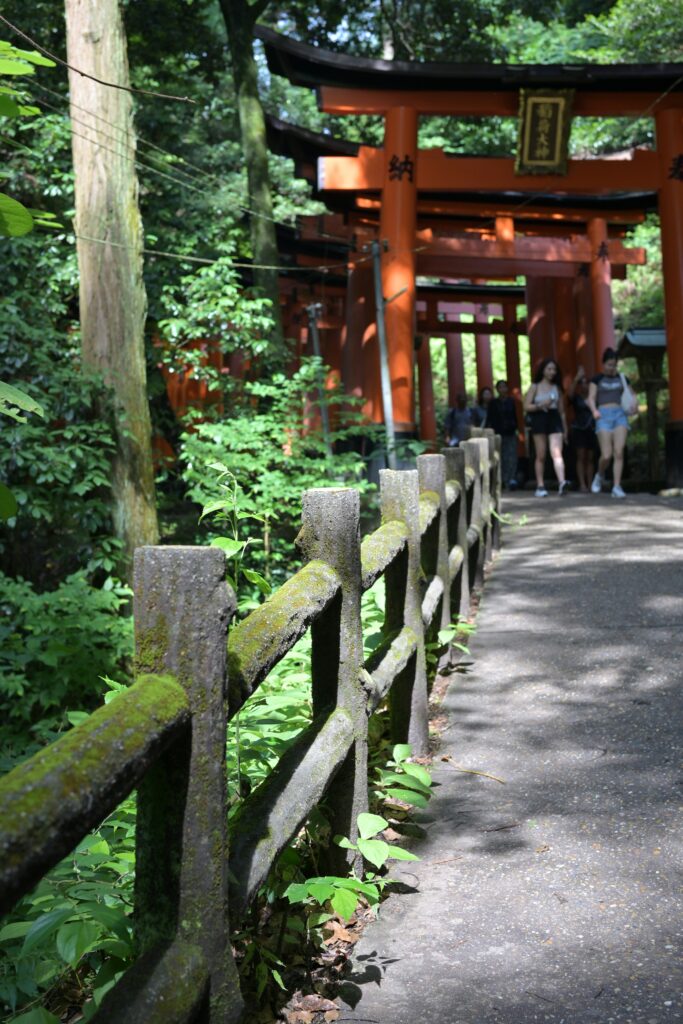
Her name was Yumiko, a local in her sixties. As we conversed, I learned she had frequented this teahouse for years. She had worked in Tokyo during her youth but returned to her native Kyoto after retirement.
“Each time I pass through the torii, I reflect on who I am now,” Yumiko shared.
She had cultivated a practice of introspection during her daily walks. For someone like me, accustomed to chasing metrics and achievements in the corporate world, her approach was refreshingly foreign.
“Travel allows us to see things differently,” she added. “It’s a chance to step outside ourselves.”
Her words resonated deeply. I realized I had been seeking the extraordinary, yet perhaps transformation awaited just beyond the next torii gate.
After leaving Fushimi Inari, I explored other parts of Kyoto.
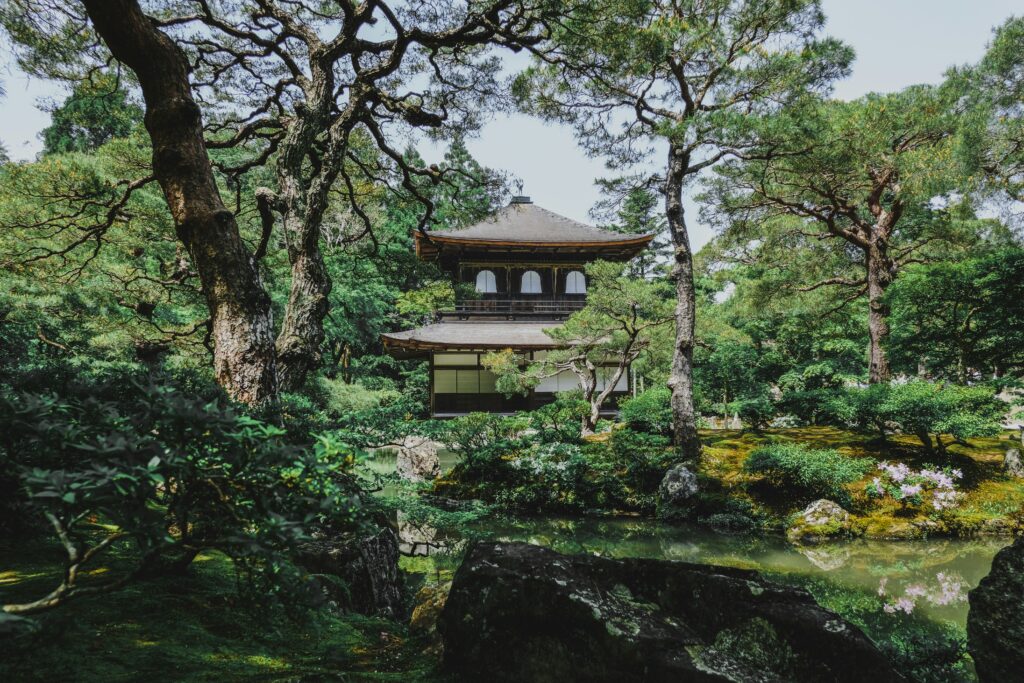
One stop was Ginkaku-ji, the Silver Pavilion. Unlike its golden counterpart, this temple offered a subdued elegance. The meticulously raked white sand garden, known as the “Sea of Silver Sand,” and the moss-covered grounds bathed in soft afternoon light created a contemplative atmosphere.
Another destination was the Kamo River. Walking along its banks, I watched the autumn foliage reflect on the water’s surface. The gentle flow and rustling leaves provided a soothing backdrop. I stumbled upon a traditional confectionery shop and purchased a dorayaki filled with sweet chestnut paste. The fluffy pancakes and rich filling, paired with a cup of freshly brewed green tea, offered a moment of pure contentment.
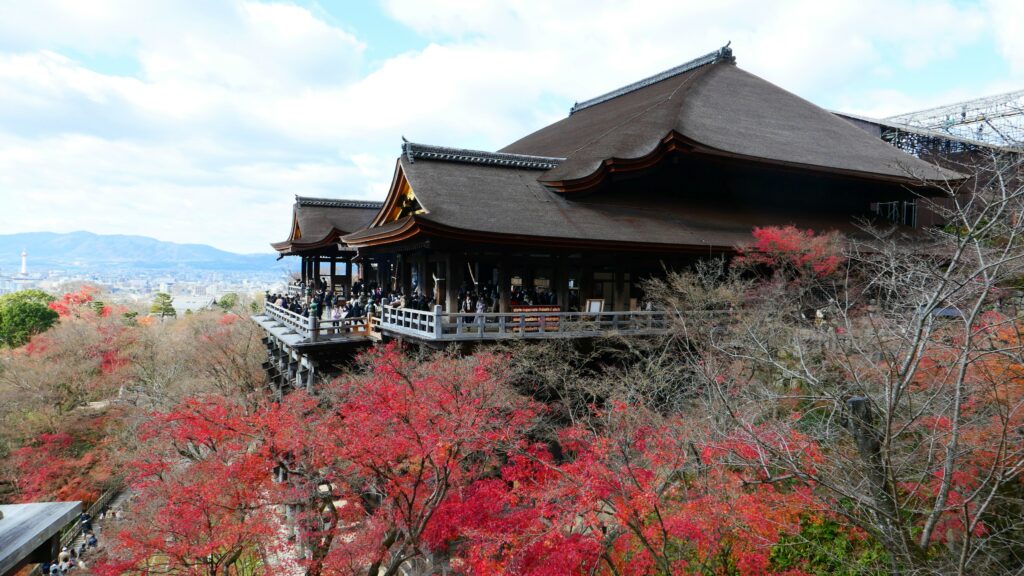
My final visit was to Kiyomizu-dera Temple. Perched on a hillside, its wooden stage offered panoramic views of Kyoto. As the sun set, the city below glowed, and the surrounding mountains blazed with autumn colors. The scene resembled a living painting.
Back at my accommodation that evening, I recalled Yumiko’s insight.
“Travel is a mirror,” she had said. “It shows us who we are.”
I began to understand her meaning.
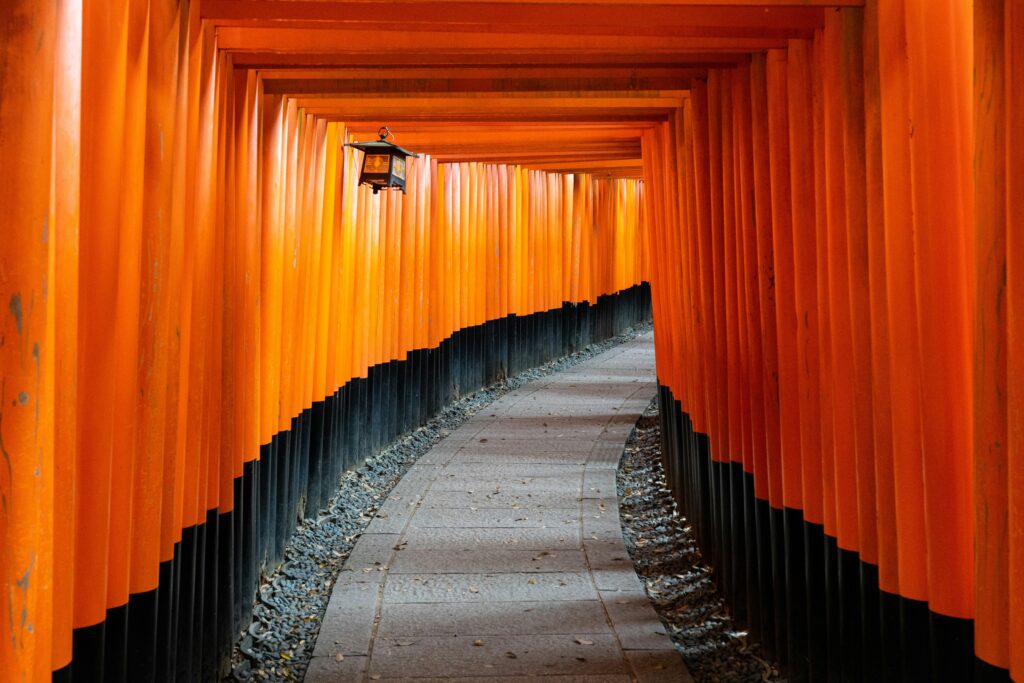
This journey taught me the value of moving at my own pace, of finding worth not just in achievements but in presence. I discovered the richness in silence, in chance encounters, and in the simple act of being.
Beyond the vermilion gates, I didn’t find an unfamiliar culture—I found myself.
Something New Travel

